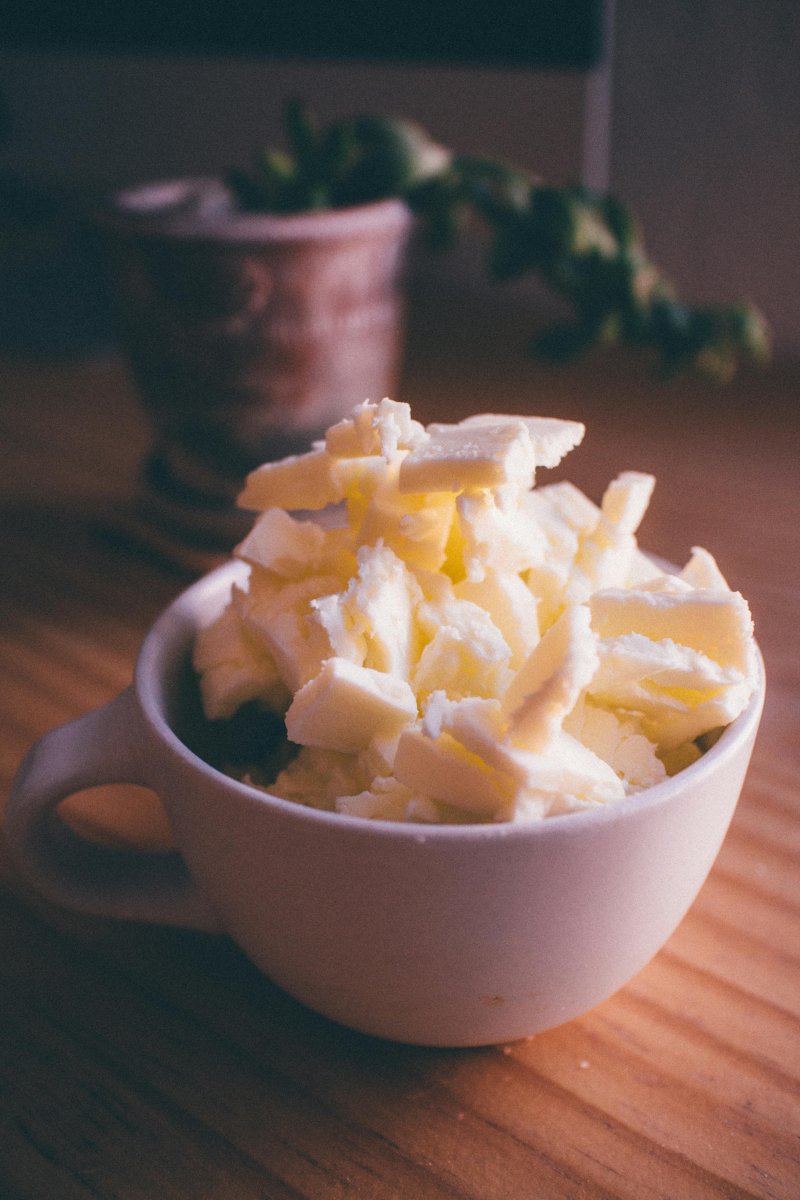
Every time you open the fridge door, reaching for milk, juice, or last night’s leftovers, you might be doing something that’s quietly shortening the life of one everyday kitchen essential. It’s such a small habit, most of us don’t even think twice about it.
But that innocent mistake could be costing you money and flavor over time. The culprit? That handy compartment on your refrigerator door, the one that seems made for storing it.
As it turns out, that convenient spot may be doing some of your food items more harm than good. And once you know why, you’ll probably rethink where you keep it.
Why your fridge door isn't butter's best friend
Storing butter in refrigerator door trays exposes it to warmer, fluctuating temperatures due to frequent door openings—making it more prone to spoilage than if stored in the colder interior sections.
“The real issue isn't just that door compartments are warmer,” explains registered dietitian nutritionist Kathleen Benson from VNutrition. “The real problem lies with temperature fluctuations. Every time you open your fridge, warm air rushes in, and the door shelves are the first place that air hits.”
Where to store butter properly
Benson recommends storing butter in the back of the refrigerator to prevent it from going bad, specifically on middle or upper shelves where temperature remains most stable.
This storage method helps protect butter from both temperature fluctuations and light exposure, which can cause fats to oxidize and develop off-flavors.
For households that use butter quickly—within a week—the door compartment won't cause significant harm. But if you're buying in bulk (as many seniors do to save money), store extra sticks in the main refrigerator compartment.
The exception to the rule
There is one scenario where door storage makes sense.
Some specialized butter compartments maintain temperatures warmer than the main fridge but still cool enough for short-term storage.
If your fridge has this type of dedicated, insulated butter compartment (rather than just an open door shelf), it's designed for butter that will be used within a week.

Also read: Are you storing butter the right way? Experts explain how to keep it fresh and safe
Other foods to banish from your fridge door
Butter isn't the only item that suffers in door storage.
Foods that require consistently cold temperatures should be stored away from the refrigerator door, which is best reserved for less temperature-sensitive items like condiments, pickles, jams, and bottled drinks.
Keep these OUT of your fridge door:
Milk (despite convenience)
Eggs
Raw meat and seafood
Soft cheeses
Leftovers
These are FINE for door storage:
Condiments and sauces
Pickles and preserves
Bottled drinks
Some medications (check labels)
Signs your butter has gone bad
Even with proper storage, butter won't last forever.
While rancid butter isn’t likely to make you sick—since bacteria need protein to thrive and butter is mostly fat—it can still spoil. When it does, it may taste sour or stale and develop a slightly grainy texture.
Look for:
Sour or “off” smell
Changes in color
Grainy or separated texture
Moldy spots
Making the change
Reorganizing your fridge might take a few extra seconds when retrieving items, but the cost savings and improved food quality make it worthwhile.
For seniors managing household budgets carefully, these small changes can add up to meaningful savings over time while ensuring your butter tastes its best.
Have you noticed a difference in your butter's taste or texture depending on where you store it in your fridge? What other food storage tips have helped you reduce waste in your kitchen?






